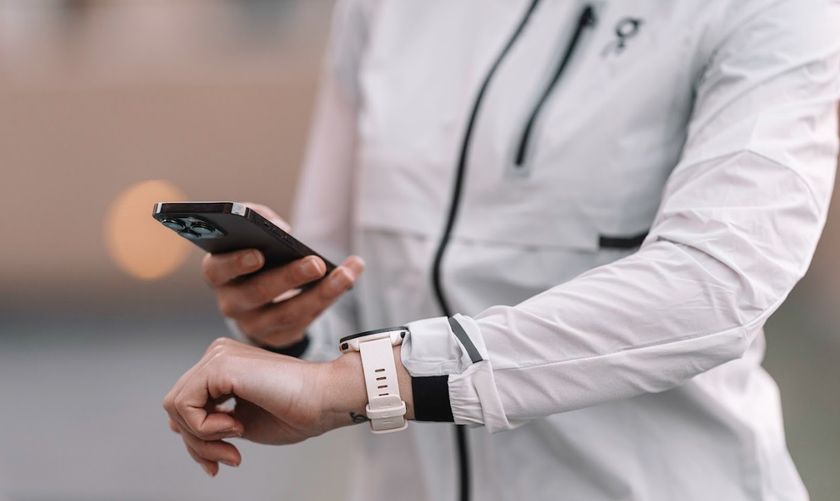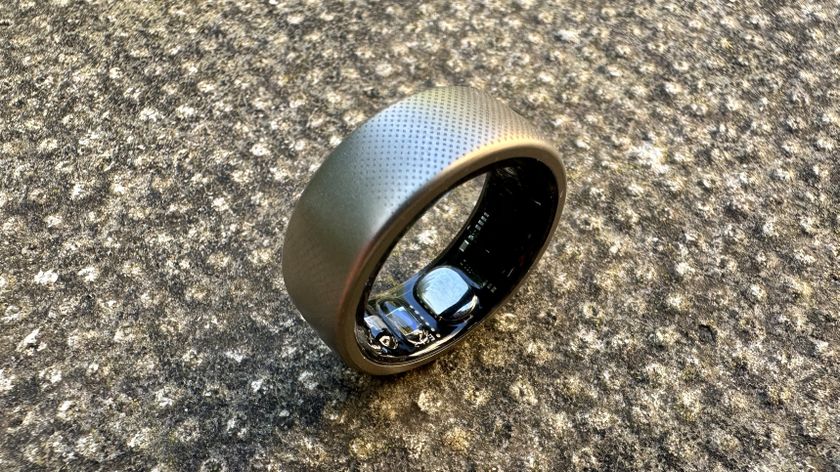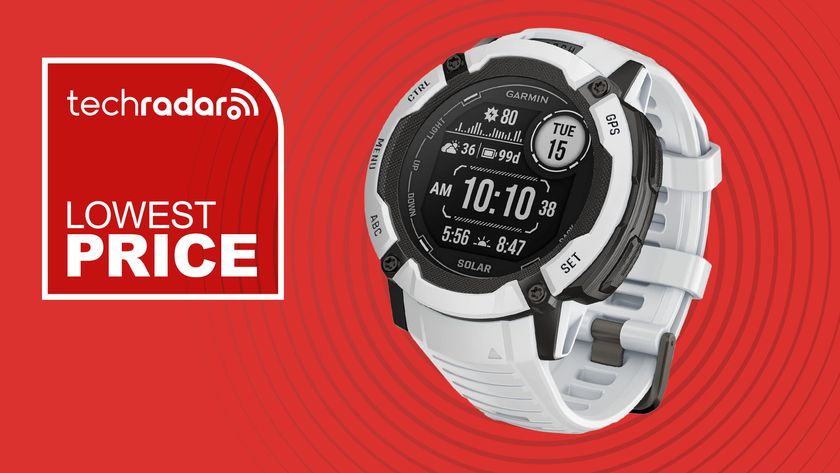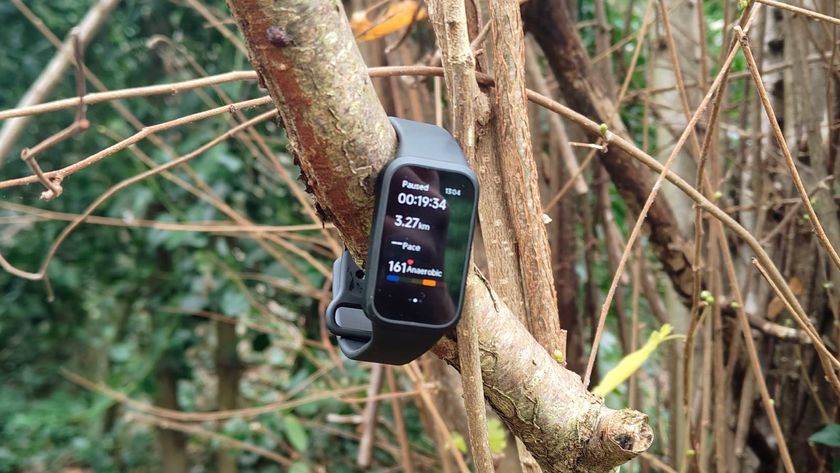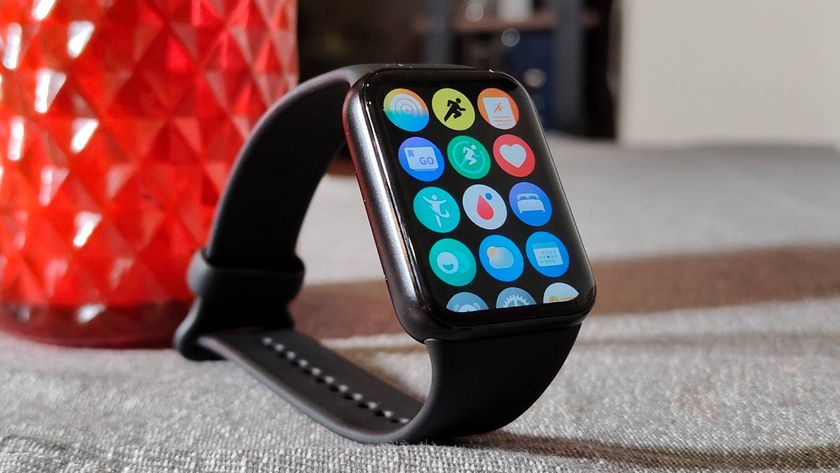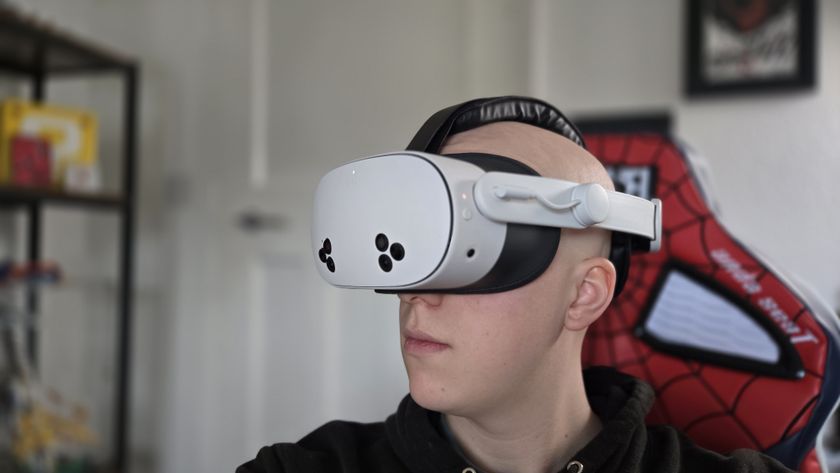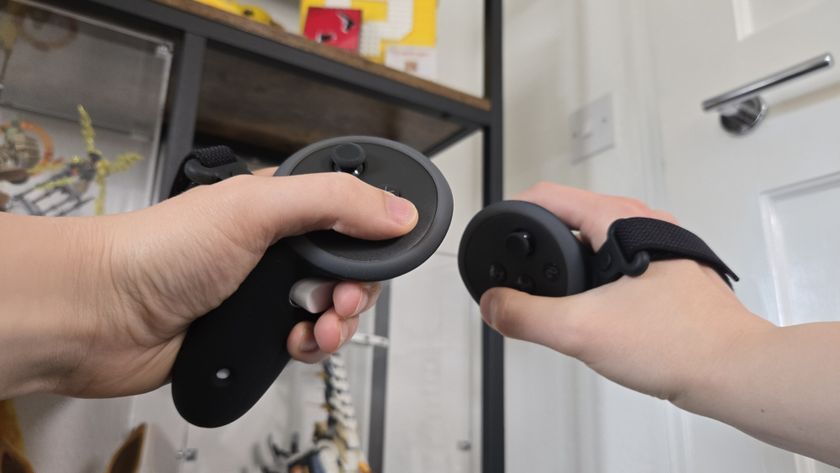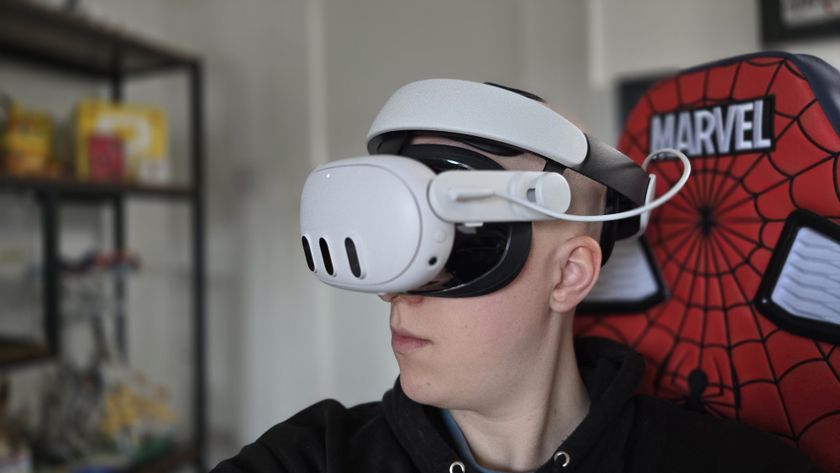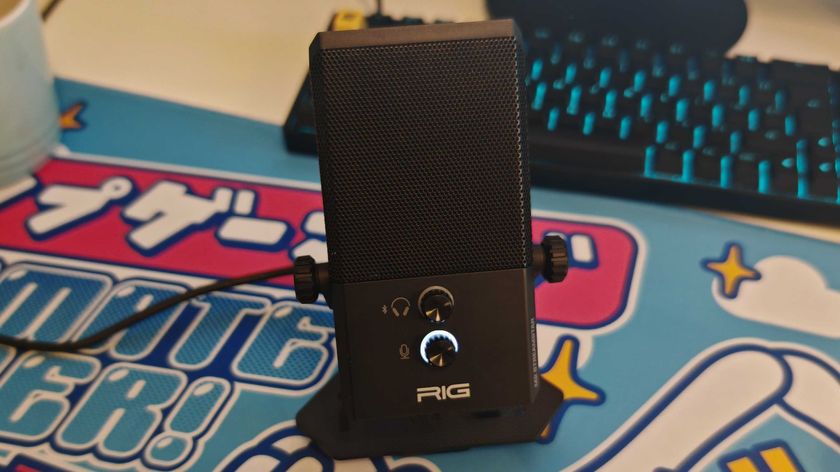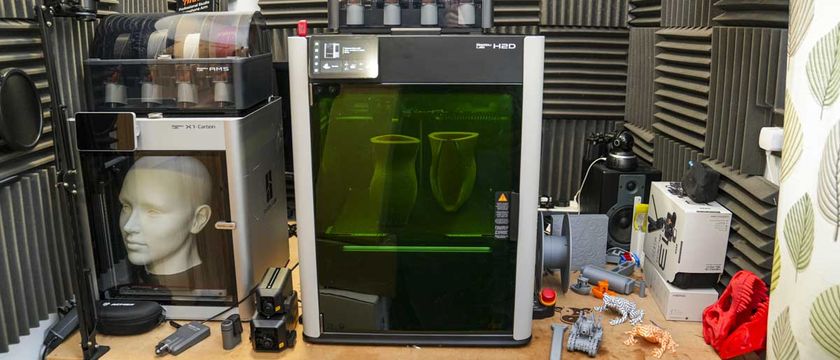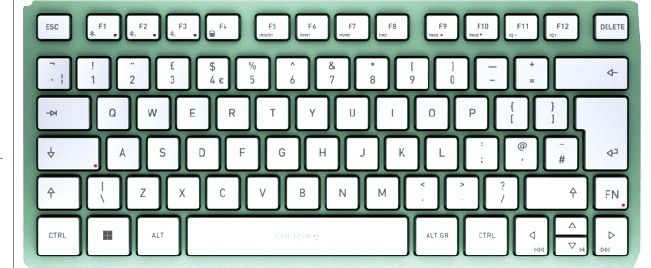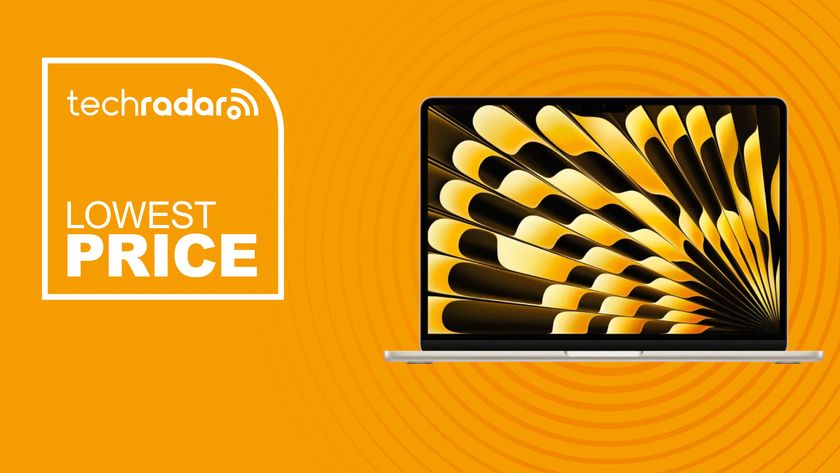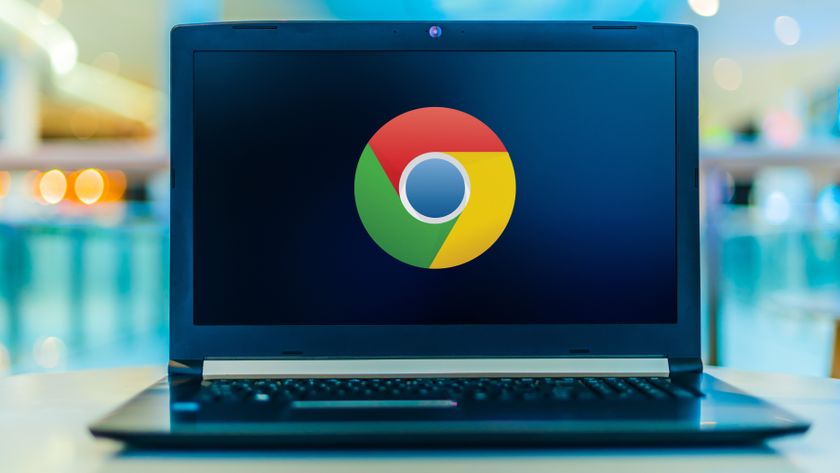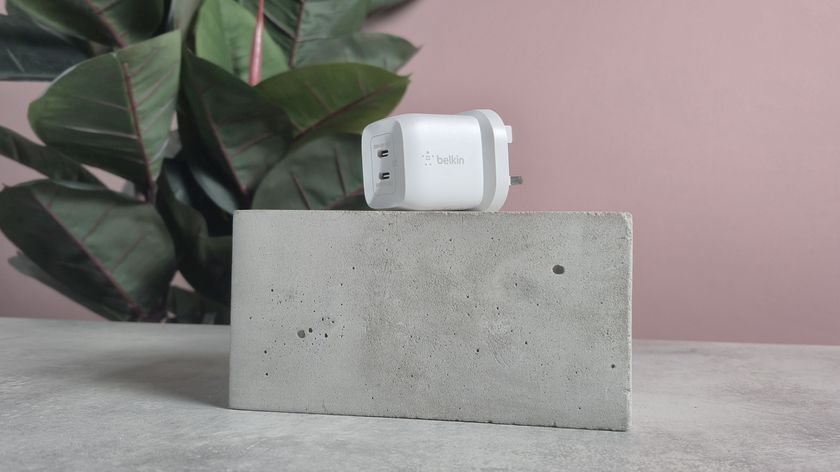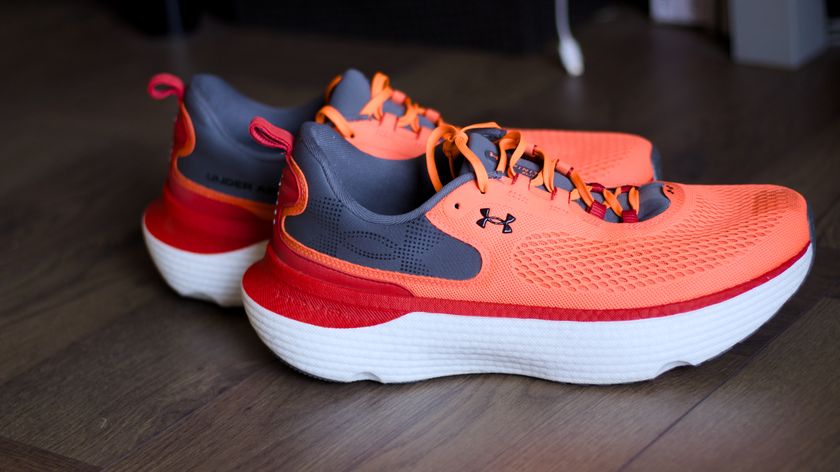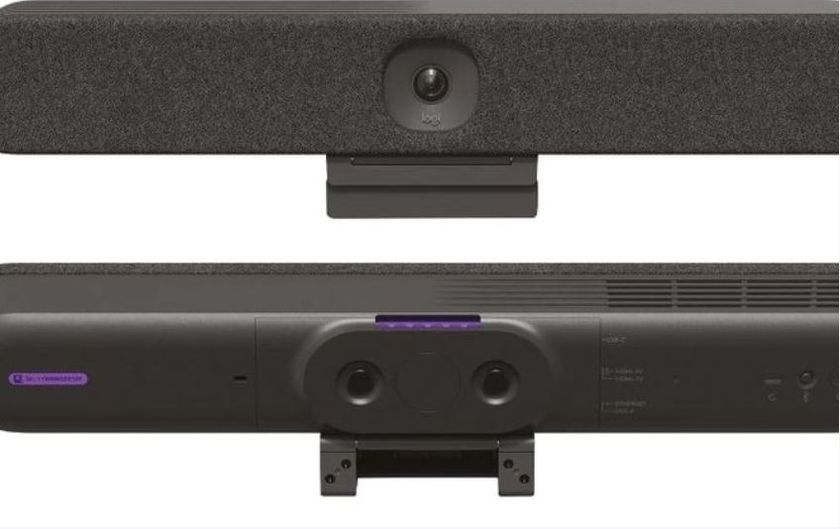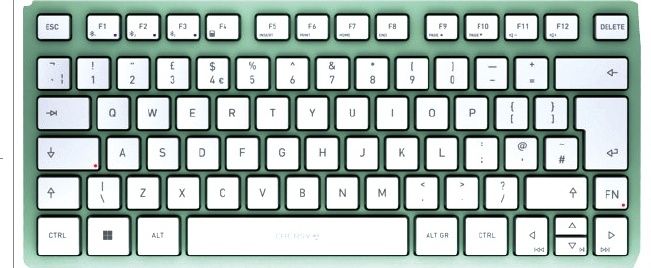Why you can trust TechRadar
The Puls is powered by a dual core 1.5GHz Qualcomm Snapdragon processor with a forked version of Android 4.1. The 1-inch-wide cuff comes with 16GB of internal storage, 1GB of RAM, Bluetooth 4.0, Wi-Fi and 3G connectivity and GPS functionality.
It also has a pedometer, accelerometer, Siri/Cortana-like assistant called AneedA - and can make phone calls.
Performance
The capacitative touchscreen on the Puls was often jumpy, oversensitive and pretty much all over the place.
Essentially, there were moments when the screen would lag horribly and then refresh without warning. At times, the cuff's display wouldn't register my finger swipe so I'd have to do it multiple times. Once it did register, the screen became laggy and then overcompensated by opening up a different option I didn't want.
Texting was the worst part of the Puls. I don't think I was even close to mastering it after a full week of use.
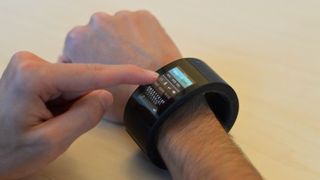
The cuff employs a third-party program developed by the company Minuum. I'm not sure if it's the Minuum keyboard that's frustrating or the size of the keyboard, or a combination of both, but typing anything on the Puls is an absolute nightmare.
The only way I was able to send a text without constantly correcting the autocorrect was to use voice commands. However, the Puls adds a "sent by AneedA" signature which I didn't know was added. Equally frustrating? It doesn't seem like there's a way to remove AneedA's handiwork.
The Puls is completely untethered, meaning a smartphone is not needed for it to work. So far AT&T will be the only network carrier in the US while O2 in the UK will carry the cuff.
Calling is probably the best feature of the Puls. It doesn't work as well as the Gear S but it works well enough. I was able to hear clearly with the smartband at my side, though the person on the other end said I was a little muffled.
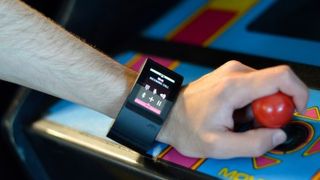
It seems like six to eight inches is a good distance to hold the Puls from you if you're making a phone call, though this won't be comfortable if you plan on having a long conversation. It may be useful driving, if you have the windows rolled up and music off.
In addition to calling, AneedA is the other feature that works really well.
Developed by Nuance, the AI voice assistant pulls up info from Wolfram Alpha in about three seconds if you're asking it general queries, like who Barack Obama is. But asking it to find coffee with the maps app takes a little longer.
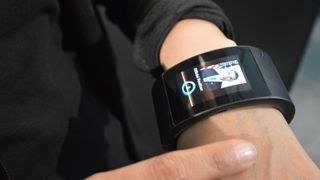
It also handles all the voice dictation on Puls and was surprisingly accurate when texting.
AneedA can also take care of various tasks. It takes several steps for it to reach the final destination but eventually, it gets there. For example, I asked AneedA to message someone from the quick menu and it had to verify who it was, then ask what message I wanted to send. Calling commands were a bit quicker.
Interface
The interface of the Puls is colorful, simple and actually really pretty. In the home view, you scroll up and down to get to various apps. Each one is different and scrolling displays a colorful graphic that fills the screen.
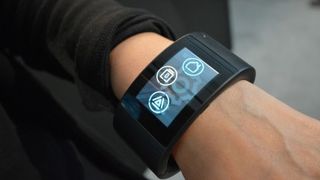
There is no dedicated home page where you can see all the apps in one place. Once selecting an app, you can swipe right for a list of options or scroll down for a menu.
Swiping from the left side of the screen brings up a quick menu to get you back home, to the settings and to AneedA.
It's a simple system that mirrors smartwatch interfaces because it's intuitive and clean.
Current page: Specs, performance and interface
Prev Page Design and comfort Next Page Apps and battery life